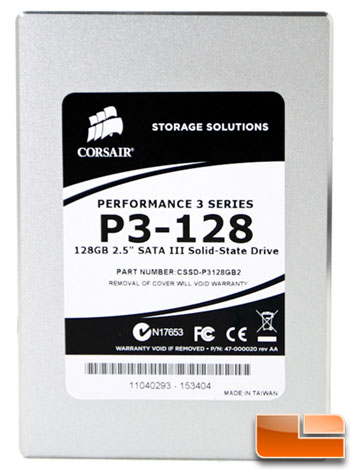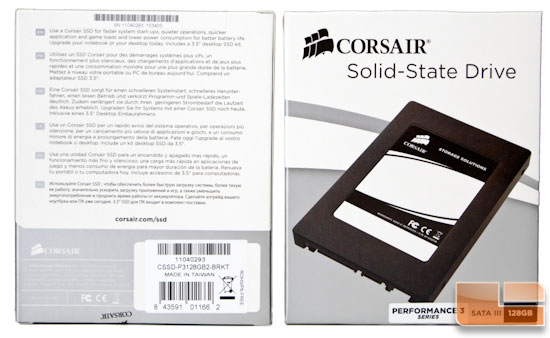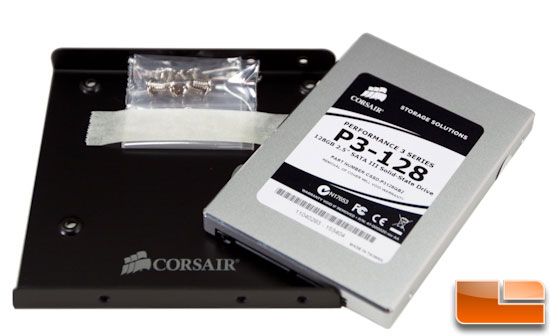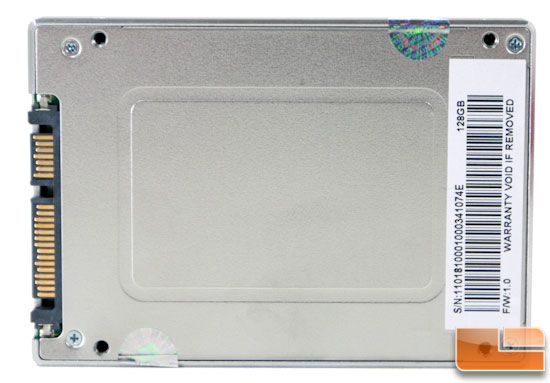Corsair Performance 3 Series 128GB SSD Review in RAID 0
Corsair Gets In On The 6Gbps Action
Corsair jumps feet first into the 6Gbps equipped SSD race with latest installment of their Performance series drives. This time, they put a Marvell controller at the heart of their drives and we received a pair of the 128 GB version to run in both single drive and RAID 0 configurations. With multiple manufacturers using the Marvell controller and others using SandForce, it will be interesting to see how the drive landscape plays out with consumers having a number of attractive choices. We recently had a look at a Plextor and a pair of Intel drives featuring the same controller so we have some good comparisons to make.

The Performance 3 Series comes in three difference capacities, 64 GB , 128 GB and 256 GB which will retail for $174.99, $319.99 and $749.99 respectively. The 128GB version is rated at 410 MB/s sequential reads and 210 MB/s sequential writes which is a big leap, at least in reads, from the original Performance drives.

Corsair Performance 3 Series Specifications:
- Warranty: Three years
- SSD Unformatted Capacity: 128 GB
- Sequential Read/Write (using ATTO Disk Benchmark): Up to 410 MB/s sequential read 210 MB/s sequential write
- Interface: SATA 6Gb/s
- Technology: Supercharged Synchronous NAND
- Form Factor: 2.5 inch
- DRAM Cache Memory: 128 MB
- Weight: 80G
- Voltage: 5V 5%
- Power Consumption (active): 0.7A
- Power Consumption (idle/standby/sleep): 0.2A
- S.M.A.R.T. Support: Yes
- Shock: 1500 G
- MTBF: 1,500,000 hours

included with many of their drives and also the Performance 3 Series are 2.5″ to 3.5″ drive adapter plates. The come in plenty handy with cases that don’t offer 2.5″ bays, which is far too few if you ask me.

The external casing is made of aluminum which gives the drive a shiny silver exterior that’s branded with the usual Corsair sticker on the front. Enough with the outside, let’s have a look at the inside and then some performance numbers.

Comments are closed.